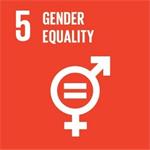
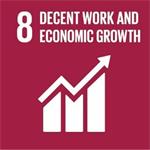
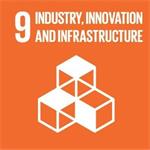
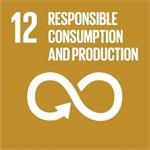
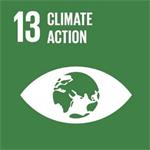





· We will continue to pilot initiatives and work closely with our packaging suppliers to drive lightweighting,returnability, recycled contents and recyclability of our packaging. We will leverage our expertise to influence local governments to support the use of recycled materials in food-grade packaging and recyclers to improve recycling rates. To extend our efforts on secondary packaging and post-consumer waste we seek to transform public attitudes towards waste and circularity.
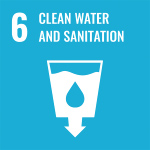
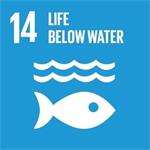




Watershed management, water conservation and effluent management have been and will continue to be key focuses. We will continue our work to review the level of water stress across where we operate in APAC to develop partnerships that improve water availability and quality (especially in areas facing water stress), and to explore solutions for continuous improvement through our innovative R&D and collaboration with key stakeholders including industry players.
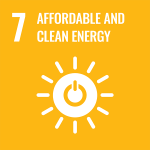
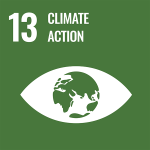




·We see ourselves as part of the global climate action to turn pressing climate-related risks into inspiring opportunities that not only reduce our own footprint but also help our value chain and communities to adapt.
·Moving towards net zero, our decarbonization plan will focus more on ways to influence our partners across the value chain. To do so, we will continue to lend support to explore and implement solutions that are advanced, integrated, innovative and nature-based.
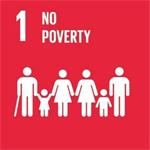
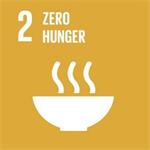
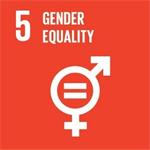
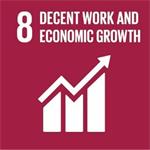

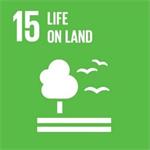





·We will continue digitalizing the supply chain to connect with our direct farmers and developing trainings to instil sustainable farming practices. This will help to support their financial empowerment – a long-term goal of ours. We will amplify our efforts placed on local sourcing and.developmental programs assisting farmers in growing their businesses and accessing the financial tools they need. We will increase the coverage of our soil testing program to maximize the potential of our farmers, support a healthy ecosystem and, ultimately, promote biodiversity.






Watershed management, water conservation and effluent management have been and will continue to be key focuses. We will continue our work to review the level of water stress across where we operate in APAC to develop partnerships that improve water availability and quality (especially in areas facing water stress), and to explore solutions for continuous improvement through our innovative R&D and collaboration with key stakeholders including industry players.